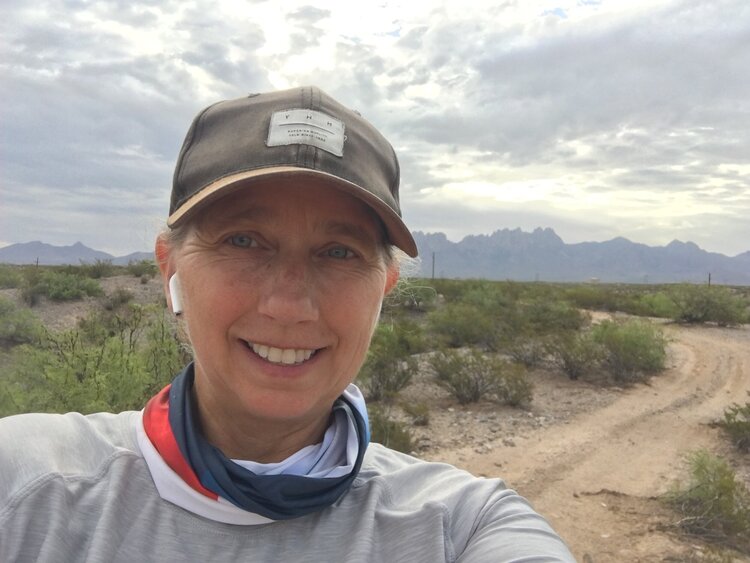Diving and Lectures
The sand is cool and firm to our bare feet. The sun is cresting at the horizon. The air is chilled, untouched as of yet by the rising sun. Quite a bit of self-control is required to strip down to the swimsuit and to pull the cold damp wet suits onto our chilled bodies. Some laugh nervously while others complain of the cold. The sea spreading out from the sand invites us to enter its dark and murky waters for a view of the amazing world beneath.
So far my reporting on this trip has been only partial: that of the dive certification program. In another setting, several people in our group arrived on site with diving certification already complete. These individuals began diving on the first day. Their program was supposed to incorporate dive ecology and research into their experience. However, it didn’t quite work out like we imagined.
The organization by Wallacea and the dive center wasn’t exactly coordinated to meet the specific needs of our group (divers and non-divers mixed) in the most efficient manner. Thus, the divers would participate in a dive but then had 4-6 hours of free time at the beach and camp basically waiting for the rest of us to finish up. According to the program emailed to me before departure, I thought they would be receiving the ecology course during that time. For several reasons (short staffing, we were the first group of the season, etc.) the ecology lectures were reserved for the nighttime, after dinner.
The lectures were full of fascinating content, much of which pertained directly to what the divers were observing during their dives. Furthermore, the certified divers were given tasks of identifying fish but the necessary information was delivered to them late at night as opposed to during the down time in the afternoon. Thus, they didn’t benefit fully from either the lecture series or the information required for identification skills. As educators, my fellow colleagues and I would have organized this aspect of the program entirely differently.
By the time the non-divers finished their certification requirements for the day and their homework, they were simply too exhausted to focus on and process the lecture series. Additionally, it wasn’t as meaningful to them as to the certified divers since they hadn’t been in the ocean yet.
If I were to do a diving program again, I would definitely require everyone to complete or partially complete (at least through the open water dives) a PADI certification course. If all students were on the same page, it would be more manageable for the instructors to oversee the time for all participants fully. This is definitely the best way to maximize the benefits of such a “research” experience. Coming already certified allows students to more quickly enter the research world of identification and species counts.
Conservation
The students responded most to the conservation lectures, especially because these were more hands on. These included:
- An offsite tour of a shark conservation center and a brief, powerful lecture on the importance of sharks and their conservation.
- A short presentation on the beach about the turtles of the Indian Ocean and the conservation needs surrounding these species.
- A Dune Walk and discussion on the importance of the dunes and the botany of the coast
- A Tide Pools survey in which students attempted to view and identify species found within the tide pools
Students did absorb knowledge from the learning opportunities presented to them at the marine site, as indicated in the evaluation responses:
“I learned so much about the tightly knit ecosystems in the ocean and that they really do affect humans a lot. I can make a difference”
“I found out that I cared about things that I hadn’t thought about before like eating seafood”
“I learned a lot more about how fragile the world is”
“My favorite part of the trip was my first open water dive, because it opened a whole new world for me”
“The open water dives changed my life thoroughly”
Our entire group. In the end, everyone gained from the marine experience, regardless of final outcome.
Social Networking and Global Collaboration
Another aspect of the trip was the interaction of our students with each other as well as with students from other schools. At camp students played cards and socialized. During this week students from different school groups mixed and began to form friendships. It would have been nice to have the groups mixed up during research expeditions in the bush to encourage meeting new people. As a student wrote in the evaluation, “I gained a whole new social circle all around the world”. Ecology is very much a global profession, requiring collaborations from every corner of the earth. It’s powerful for students to experience with others from around the world and form opinions and convictions together. The international element of conservation was reinforced by the fact that guides and lecturers came from not only South Africa but also Ireland, Germany, and the USA.
Culture
They were beautiful. Girls and boys dressed in coordinated clothing. Hair short. Lean and energetic. The music, whistles, and drums began and the singing and dancing commenced. We were all captivated. For our last night at Sodwana Bay we were favoured with a traditional Zulu dance number by local children. The evening was very special and it made me long for more interactions such as this. One of our students, in the evaluation, claimed this to be one of the most treasured experiences of the trip.
Overall
The experience at the marine site, though not what we anticipated, was definitely valuable, mostly from the standpoint of ecology and conservation awareness and its role on a global level.
